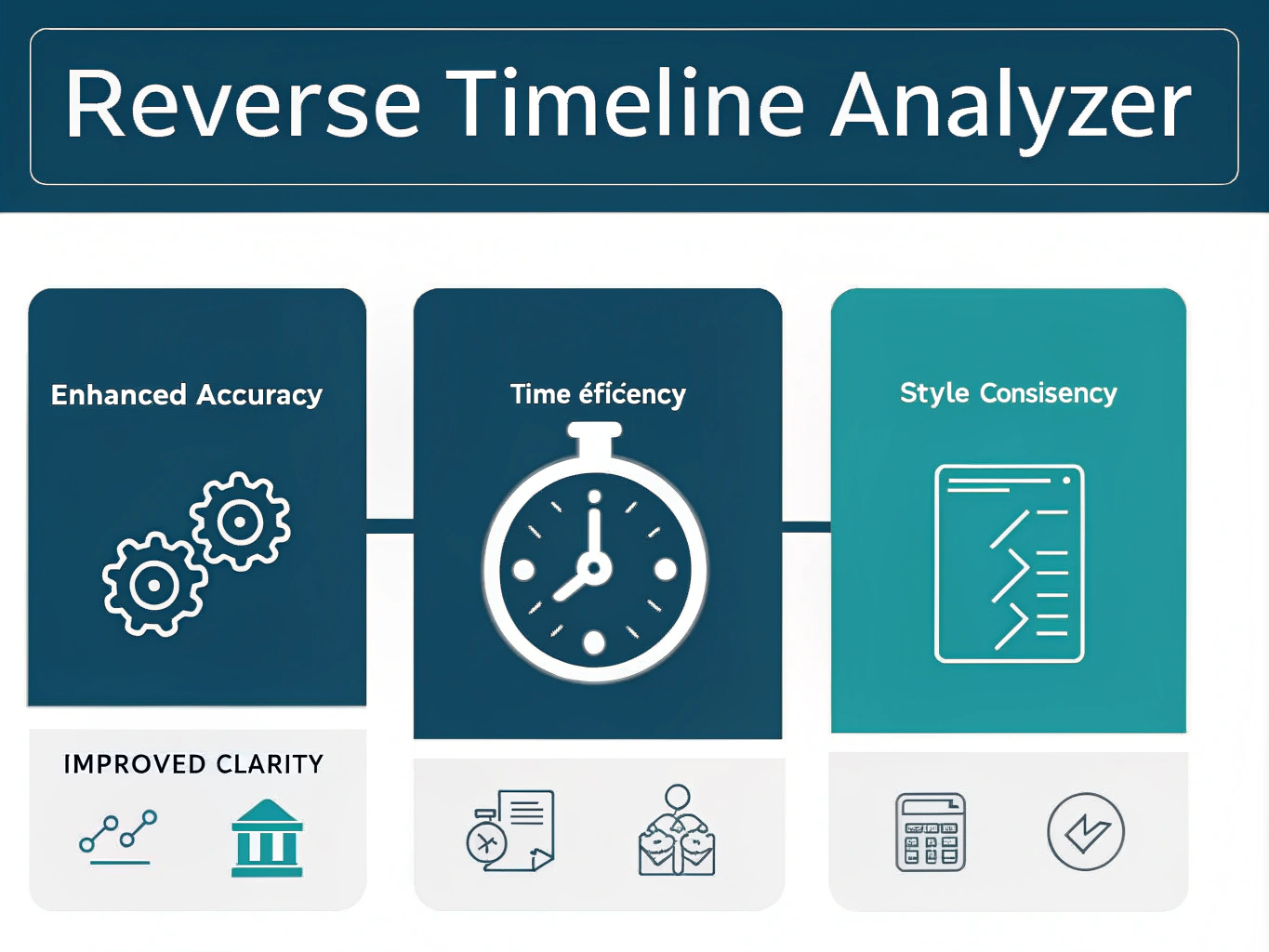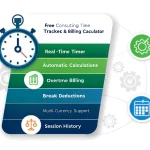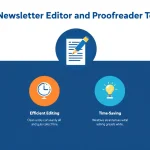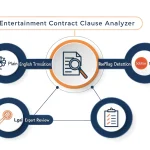Analyzing timeline...
Is this tool helpful?
How to Use the Timeline Analysis Tool Effectively
This tool helps you review, correct, and improve your reverse-chronological timelines. Follow these simple steps for the best results:
-
Input your timeline: Enter events in reverse chronological order, including timestamps, in the text area. For example:
2024-04-20 16:00: Completed quarterly financial report
2024-04-18 09:30: Held team brainstorming session
2024-04-15 14:00: Launched new marketing campaign
2024-04-10 10:00: Finalized product design - Submit for analysis: Click the “Analyze Timeline” button to process the input.
- Review the output: The tool shows the original and edited timelines side by side for easy comparison.
- Copy the results: Use the copy feature to transfer the improved timeline to your document or workflow.
Sample Inputs for Practice
Sample Input 1: Product Development Milestones
2024-03-01 12:00: Prototype testing phase completed
2024-02-10 15:00: Design specifications approved
2024-01-20 09:00: Initial concept presented
2023-12-15 11:00: Market research finalized
Sample Input 2: Event Planning Timeline
2024-05-10 18:00: Venue booked
2024-05-05 14:00: Invitations sent to guests
2024-04-30 10:00: Finalized event agenda
2024-04-25 09:00: Vendor contracts signed
Introduction to the Timeline Analysis Tool
The Timeline Analysis Tool is designed to help you refine and enhance reverse-chronological timelines with clarity and consistency. It reviews your entries, corrects errors, and aligns style to produce a polished, professional timeline.
Purpose and Definition
This tool analyzes timelines organized with the most recent events first. It serves as an editor that checks grammar, style, and formatting to make your timeline easier to read and more consistent without changing your original meaning.
Key Benefits
- Saves time: Automates proofreading and editing timelines.
- Reduces errors: Detects grammatical mistakes often missed in manual reviews.
- Ensures style consistency: Maintains uniform formatting and tone across all entries.
- Enhances clarity: Improves readability while keeping your original voice.
- Supports learning: Helps identify common writing mistakes and improve your skills.
Practical Uses of the Timeline Analysis Tool
You can apply this tool across many fields where timelines help organize and present information clearly. Here are some common applications:
1. Project Management
- Track project milestones with consistent descriptions and correct grammar.
- Ensure smooth communication with stakeholders through clear, polished timelines.
Example:
2024-06-15: User acceptance testing completed
2024-06-01: Beta version released to select customers
2024-05-10: Feature freeze deadline
2. Historical Data Documentation
- Standardize date and event formats in historical timelines.
- Maintain chronological clarity when documenting complex event sequences.
Example:
1969-07-20: Apollo 11 moon landing
1989-11-09: Berlin Wall fell
2001-09-11: Terrorist attacks in the US
3. Legal and Compliance Reporting
- Keep accurate and formally consistent timelines for legal cases or audits.
- Ensure precise language and date formats required in official documents.
Example:
2024-01-10 09:00: Contract signed
2023-12-15 15:30: Initial complaint filed
2023-11-05 13:00: Mediation session held
4. Academic and Scientific Research
- Present chronological data clearly for research papers and presentations.
- Maintain consistent terminology and formal writing style throughout.
Example:
2022: Publication of major climate report
2020: Global temperature reached new peak
2018: Agreement on emissions reductions signed
5. Journalism and Media Production
- Create clear, objective timelines for news stories or documentaries.
- Maintain consistent naming and date formats to improve reader comprehension.
Example:
2024-03-01: International summit held
2024-02-25: Peace talks initiated
2024-02-20: Initial conflict reported
Key Features and Problem Solving
1. Correcting Grammatical Errors
The tool automatically identifies and fixes errors such as verb tense, punctuation, and possessive forms to improve the accuracy of each timeline entry.
2. Standardizing Date and Timestamp Formats
It enforces uniform date formats, converting various styles like “MM/DD/YYYY” and “Month DD, YYYY” into a consistent ISO format, enhancing readability and avoiding confusion.
3. Maintaining Consistent Style and Tone
The tool detects stylistic inconsistencies, such as mixed abbreviations or variable voice, and suggests adjustments to unify the timeline’s presentation.
4. Enhancing Clarity Without Changing Meaning
It simplifies complex sentences while preserving your original voice, making each event easier to understand for your audience.
Handling Reverse Chronological Order
Since timelines are in reverse order, this tool ensures logical flow and coherence from the most recent event down to earlier ones. It detects and flags any inconsistencies in the sequence that might confuse readers.
Conclusion
The Timeline Analysis Tool provides a straightforward solution to improve the accuracy, style, and clarity of your reverse-chronological timelines. Whether you use it for project tracking, research, legal cases, or media reporting, it helps you present information clearly and professionally, saving you time and enhancing your communication.
Important Disclaimer
The calculations, results, and content provided by our tools are not guaranteed to be accurate, complete, or reliable. Users are responsible for verifying and interpreting the results. Our content and tools may contain errors, biases, or inconsistencies. Do not enter personal data, sensitive information, or personally identifiable information in our web forms or tools. Such data entry violates our terms of service and may result in unauthorized disclosure to third parties. We reserve the right to save inputs and outputs from our tools for the purposes of error debugging, bias identification, and performance improvement. External companies providing AI models used in our tools may also save and process data in accordance with their own policies. By using our tools, you consent to this data collection and processing. We reserve the right to limit the usage of our tools based on current usability factors.







